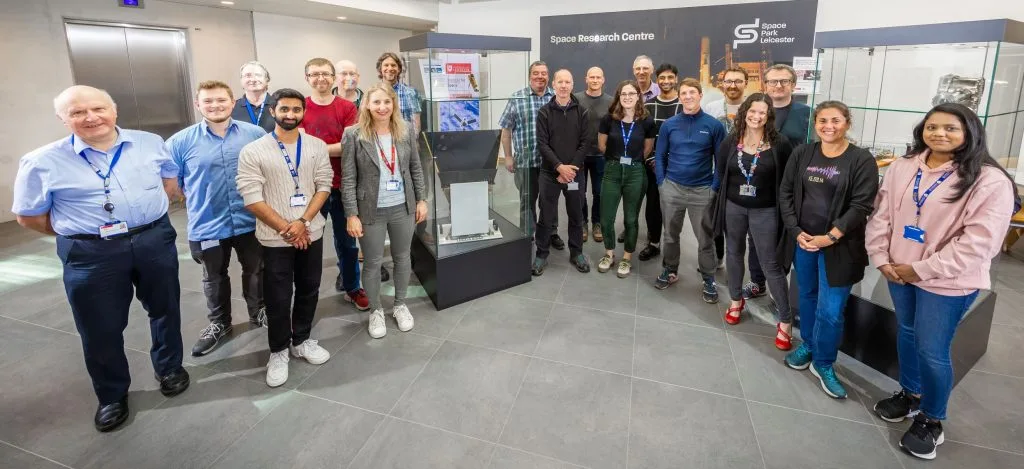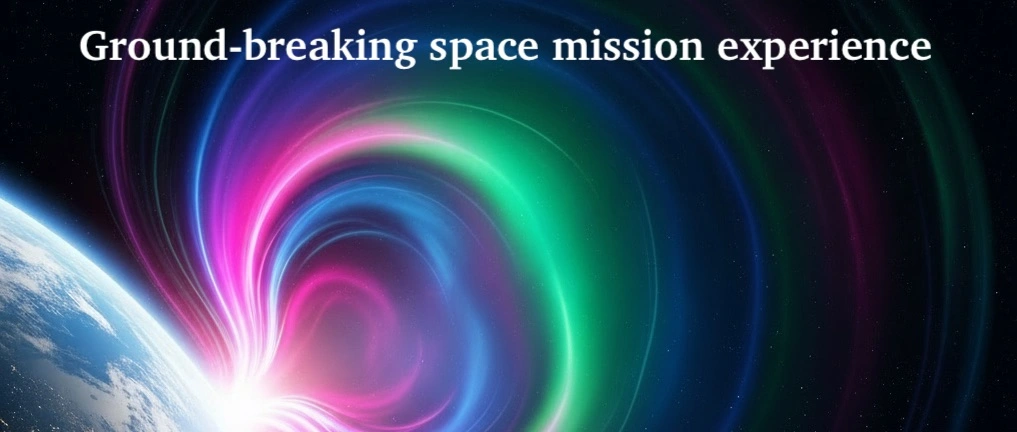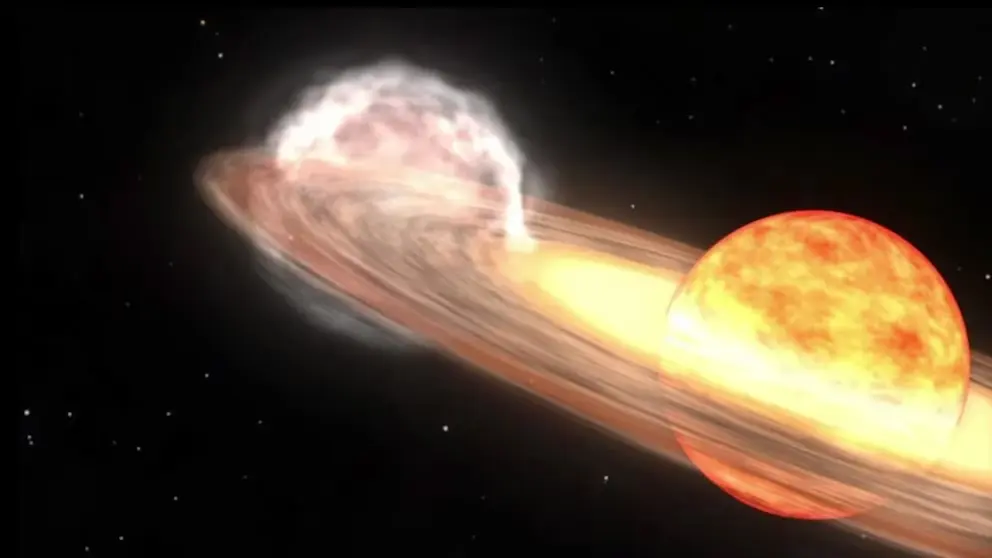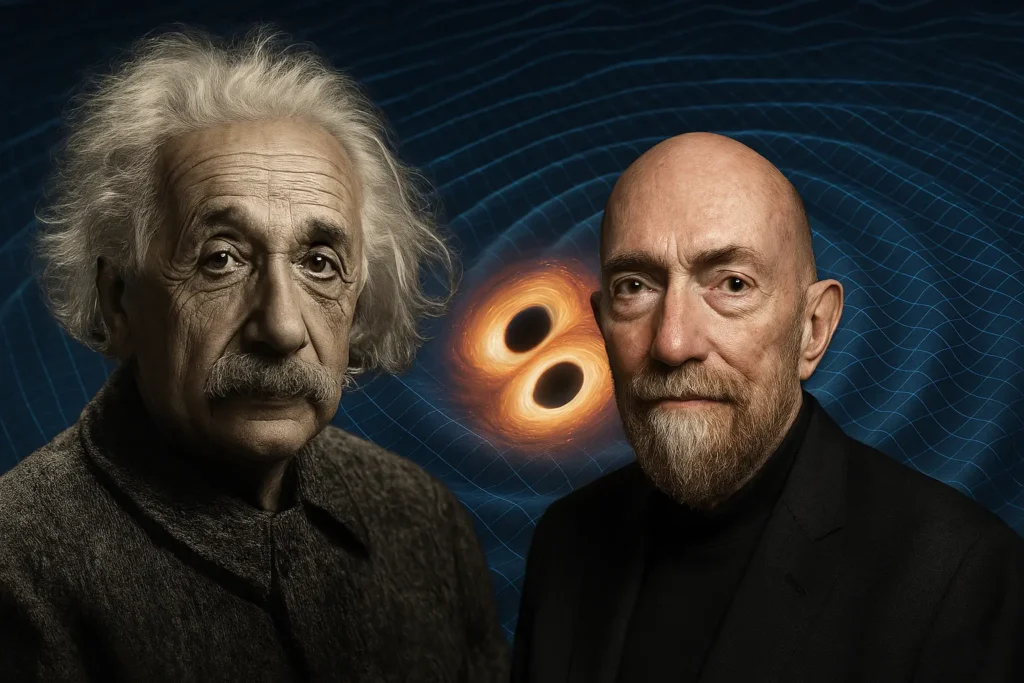Leicester’s world-leading space experts are set to take centre stage in London next month—just as a telescope they helped design heads into orbit-bound preparations.
Researchers from Space Park Leicester, the University of Leicester’s £100 million space research and innovation hub, will unveil an augmented reality journey through Earth’s magnetic field at the Royal Society’s Lates – 2075: A Space Odyssey on Tuesday, October 7.
The immersive evening of science, comedy, art, and music is part of World Space Week and builds on the Royal Society’s new Space: 2075 report exploring how humanity might explore the cosmos over the next 50 years.
The event comes as Space Park Leicester celebrates a key milestone for one of its flagship projects. Over the summer, the Soft X-ray Imager (SXI)—a cutting-edge telescope built on site—made its final departure for integration into the Solar wind Magnetosphere Ionosphere Link Explorer (SMILE) mission.
SMILE, a collaboration between the European Space Agency and the Chinese Academy of Sciences, will launch next year to study how the solar wind interacts with Earth’s magnetic shield, advancing understanding of space weather that can disrupt satellites, power grids and communications.
Solar wind Magnetosphere Ionosphere Link Explorer (SMILE)
The Solar wind Magnetosphere Ionosphere Link Explorer (SMILE) is a joint ESA–Chinese Academy of Sciences mission designed to give the first global view of how the solar wind interacts with Earth’s magnetic shield. Launching in 2026, it will orbit high above Earth for long observation periods, using a Soft X-ray Imager to capture wide-field images of the magnetosphere and an Ultraviolet Imager to monitor auroras. Together with a magnetometer and ion analyser, SMILE will reveal when and where solar wind energy penetrates Earth’s defences, advancing understanding of space weather that can disrupt satellites, power grids and communications. By combining remote imaging and in-situ measurements, it will fill crucial gaps left by earlier missions and strengthen international cooperation in space science.
At the Royal Society, visitors will not only experience an augmented flight through Earth’s magnetosphere but also learn about Leicester’s role in ELFEN, a mission concept investigating how solar wind affects the dayside of the magnetosphere. Guests will also see the Planeterrella, a polar simulator that recreates the Northern Lights in miniature.
“We can’t wait for people to join us and imagine what life, space research and exploration could look like by 2075,” said Dr Jenny Carter, from Space Park Leicester and the University’s School of Physics and Astronomy.
“Visitors will discover how the SMILE telescope we’ve just delivered will image Earth’s magnetic boundaries, and how ELFEN could reveal even more about the forces shaping our near-Earth space environment.”

The evening promises far more than science. Attendees can explore how microgravity might help develop new life-saving drugs, step into a virtual Mars colony through immersive theatre, and dance to space-themed music from the Soundtracks DJs, the Ready Singer One choir, and singer-songwriter Molly Barnes.
With a brand-new space telescope en route to its mission and an interactive night of discovery ahead, Space Park Leicester is proving that the future of space exploration is already taking shape—both in orbit and here on Earth.



